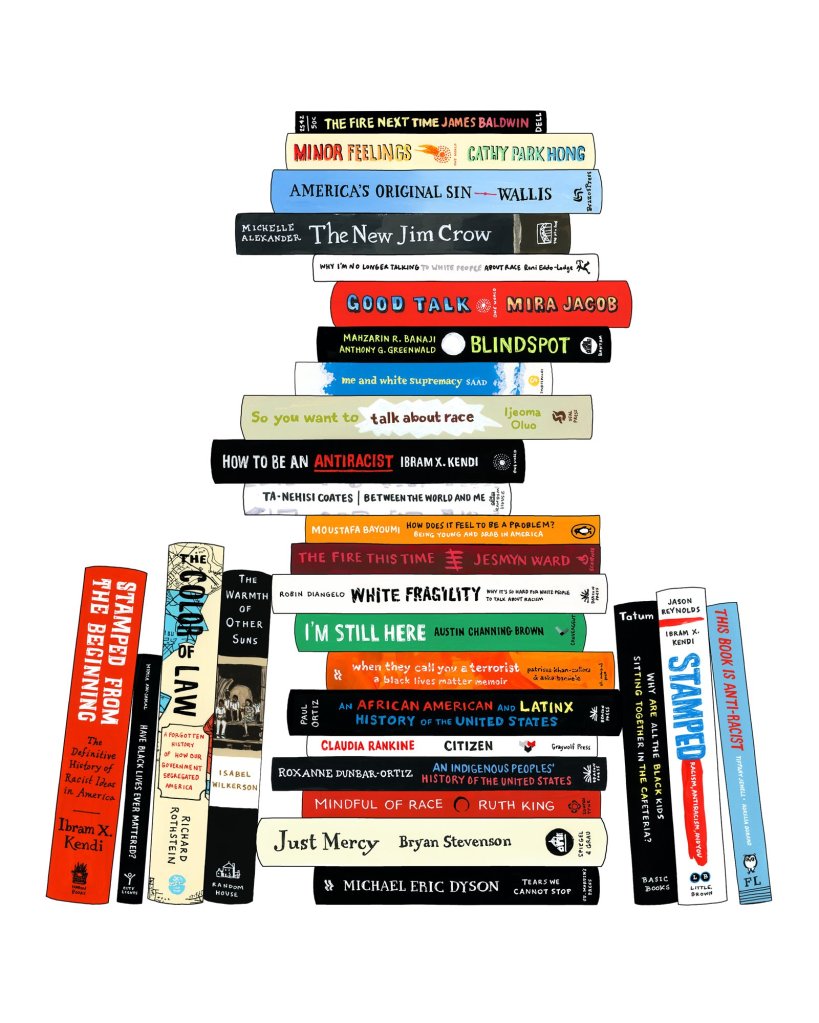Babies see difference, but they don’t see race. They see skin color. They note eye shapes. Hair color and texture. But race is a definition of a person based on an ideological system called “racism” or “racialism.”
Some might push back and ask whether learning to see race is the same thing as learning racism. Leftwing race identitarians, for instance, argue that, in order to combat racism, children must be taught racial identity and, moreover, to assume racism all around them, not only in those with whom they interact, but in their culture and in their social institutions—and in the legacy of history that determines the present and the future. To fight racism one must first see race, seems to be the angle.
For example, implicit race bias is said to be learned through ordinary socialization in a world in which white supremacy is ubiquitous, and therefore children need help developing and elaborating race consciousness in order to combat unconscious bias. In this sense, one is not taught racism, but rather one learns it by virtue of being immersed in world characterized by systemic racism. To combat this, children must be taught a form of racial consciousness and practice called “antiracism.”

One assumption in this view of things is that all white people are racist and enjoy race privilege. Race privilege is an invisible but no less real advantage that operates automatically or normally—precisely because it is invisible, woven into the warp and woof of Western society, the overarching culture of which is white supremacy. Since individuals do not normally assume that all whites enjoy race privilege, given the overwhelming objective evidence to the contrary, for example seen in the fact that most whites are working class (exploited labor) and not a small proportion of the white working class is poor (in fact, most poor people are white, and not just by a little), this form of racial thinking requires indoctrination or, as the indoctrinators who assume the existence of some thing for which evidence is otherwise rationally required like to put it, “consciousness raising.” (You see this notion in strains of feminism, as well.)
Of course, antiracism is a form of racism. Racism is an ideology in which it is supposed that the human population is meaningfully and usefully divisible into categories based on superficial phenotypic characteristics and ancestry and that these categories exist in a hierarchical structure with creativity, dispensation, obligation, rights, sensibility, and so forth differentiated by this hierarchy.
In light of this way of thinking, one way that we could create a world in which children were not taught racism, or otherwise learn it, would be to stop teaching them to see themselves and others, as well as rights and responsibilities, in racial terms but rather in colorblind terms of human rights, which rests on universally shared species-being, and individual responsibility. Human rights and individualism constitute the humanist path to equality and justice. The way of eliminating racism lies along this path.
One does not get rid of racism by doubling down on it. Beware those who teach you to think of human variation along lines of skin and eye color, hair texture, facial features, and ancestry as constituting some thing called “race,” that it is essential, that is owns culture, and so on. Whether it hails from the left or the right wing ends of the ideological spectrum, the construct of race is false, dangerous, and pernicious. The new racism (antiracism) is an especially pernicious form of racism.
